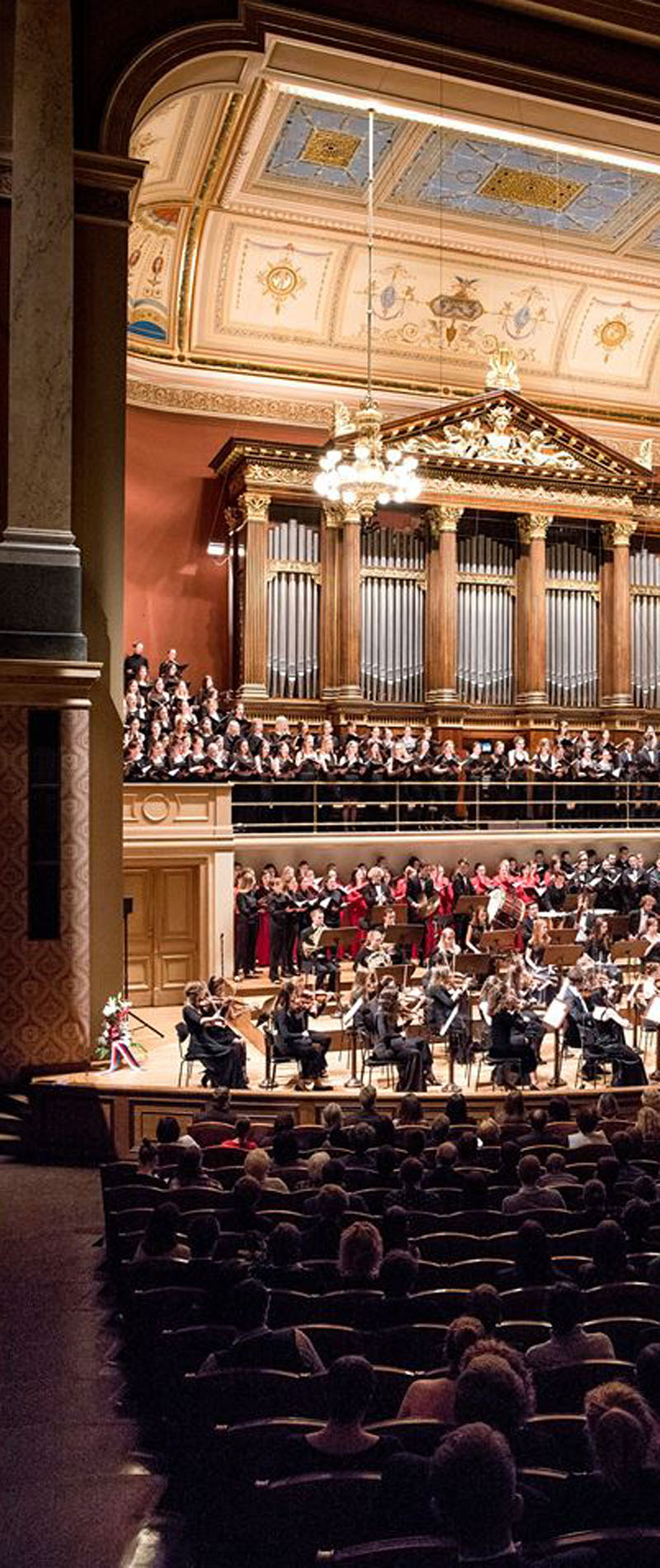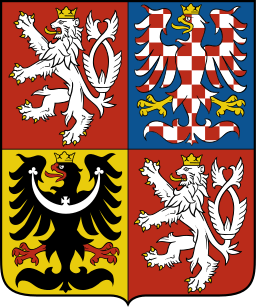Czechia
The Czech Republic (/ˈtʃɛk rɪˈpʌblɪk/ (![]() listen) Czech: Česká republika, Czech pronunciation: [ˈtʃɛskaː ˈrɛpuˌblɪka] (
listen) Czech: Česká republika, Czech pronunciation: [ˈtʃɛskaː ˈrɛpuˌblɪka] (![]()
![]()
![]()
![]()
![]()
![]()
![]()
![]()
![]()
![]()
![]()
![]()
![]()
![]()
![]()
The Czech state was formed in the late 9th century as the Duchy of Bohemia under the Great Moravian Empire. After the fall of the Empire in 907, the centre of power transferred from Moravia to Bohemia under the Přemyslid dynasty. In 1002, the duchy was formally recognized as part of the Holy Roman Empire, becoming the Kingdom of Bohemia in 1198 and reaching its greatest territorial extent in the 14th century. Besides Bohemia itself, the king of Bohemia ruled the lands of the Bohemian Crown, he had a vote in the election of the Holy Roman Emperor, and Prague was the imperial seat in periods between the 14th and 17th century. In the 19th century, the Czech lands became the industrial powerhouse of the monarchy and were subsequently the core of the Republic of Czechoslovakia, which was formed in 1918 following the collapse of the Austro-Hungarian Empire after World War I.
The Czech Republic joined NATO in 1999 and the European Union (EU) in 2004; it is a member of the United Nations, the OECD, the OSCE, and the Council of Europe. It is a developed country with an advanced, high income economy and high living standards. The UNDP ranks the country 14th in inequality-adjusted human development. The Czech Republic is a welfare state with a universal health care system and tuition-free university education, it ranks as the 6th safest or most peaceful country and is one of the most non-religious countries in the world, while achieving strong performance in democratic governance.
Flag of Czechia
National Anthem of Czechia
Education in Czechia
- Preschools – (from 2 to 5 years old)
- Primary (elementary) – (from 6 to 15 years old, mandatory)
- Professional secondary (high) schools and grammar schools (gymnasium)
- Universities
CULTURE OF CZECHIA


The wealth of musical culture in the Czech Republic lies in the long-term high-culture classical music tradition during all historical periods,
Among the most notable Czech composers are Bedřich Smetana and Antonín Dvořák in romanticism,…

